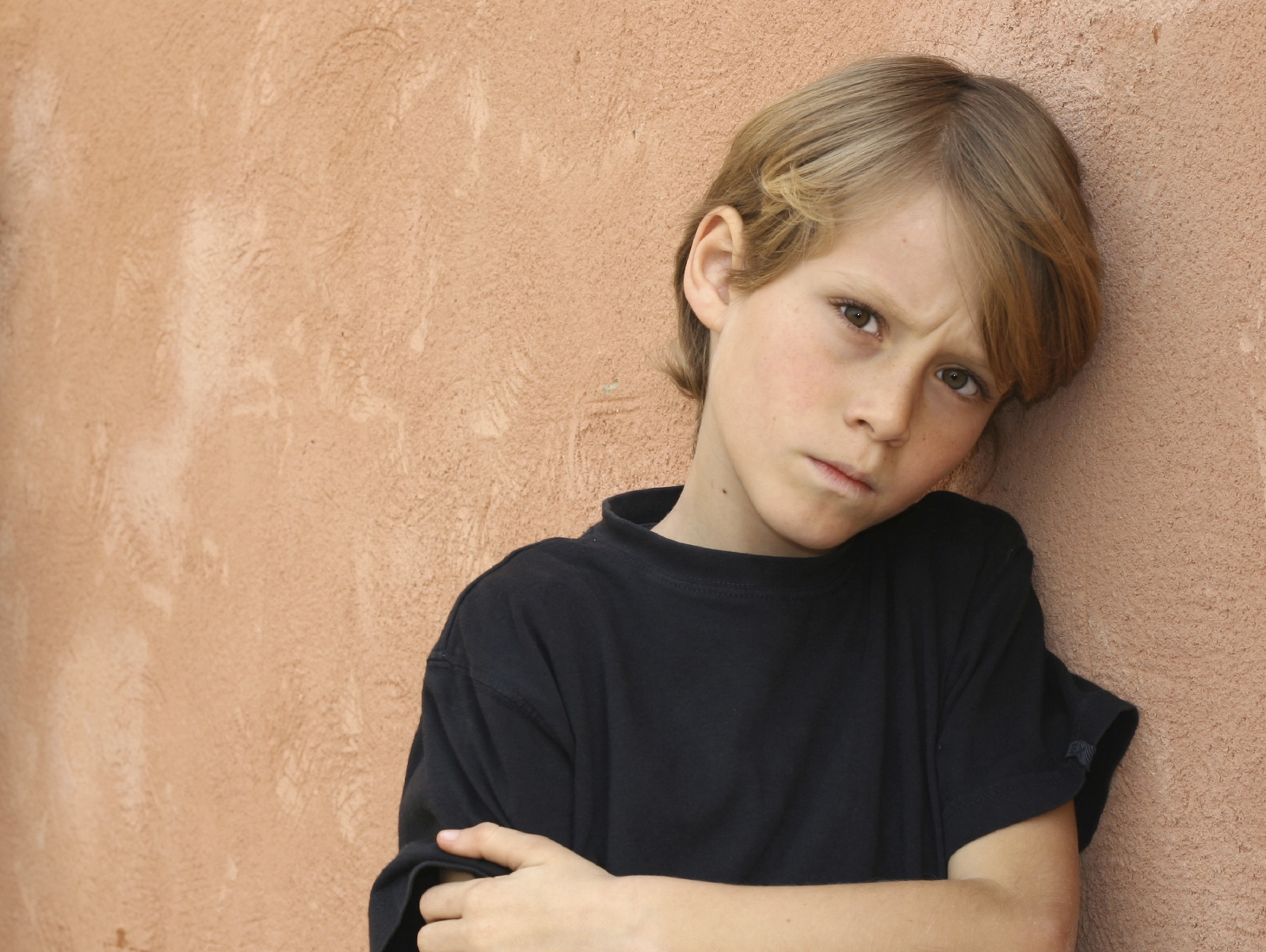
School may be out for the summer, but that doesn’t mean kids are always safe from each other. According to the National Association of School Psychologists (NASP), more than 3.2 million U.S. students are victims of bullying every year. Cyberbullying is of special concern in summer, when kids often have more screen time and less supervision, but bullying also takes place at playgrounds, parks and camps.
We all want our children to be happy, safe and healthy. To help prevent bullying, parents should learn the different forms this behavior can take, how to recognize the signs and how to intervene.
Types of bullying
A bully is someone who asserts his power by being aggressive toward a weaker person repeatedly. The aggression may be physical, such as hitting, stealing and threatening; verbal, such as name-calling, public humiliation and intimidation; or focused on relationships, such as spreading rumors, social rejection and ignoring. Bullying commonly occurs when adult supervision is limited. Lesbian, gay, bisexual and transgender (LGBT) youth may be especially vulnerable.
Cyberbullying is also on the rise. Online bullies can remain anonymous, so they may be harder to identify and stop than offline bullies. Recent research shows that nearly 43 percent of kids report they’ve been bullied online, and one in four has been bullied more than once.
Spotting the signs
By knowing what to look out for, parents and community members can intervene before a situation escalates. Watch for these warning signs in children:
- Making excuses to not go to camp, sports practice or other gatherings
- Unexplained bruises, torn clothing or missing belongings
- Problems with sleep or appetite
- Secretive/sullen behavior or outbursts of temper
- Seeming upset or depressed after using the Internet or a mobile phone
- Bullying younger kids or siblings (bullied children may switch roles and become the bully)
If you’re concerned that a child in your life may be a victim of bullying, consider these ways to intervene:
- Never tell the child to ignore bullying or to retaliate.
- Talk with the child. Ask what’s going on at summer school, camp or online and how she’s feeling.
- Don’t criticize how the child handled the bullying. Help him come up with safety strategies, such as telling an adult, walking away or asking friends for support.
- Teach self-respect. Confident children are less likely to become victims.
- Encourage friendships and building social skills. Bullies tend to go after children who are alone.
- Let the summer program or camp authorities know about your safety concerns. Establish a relationship with them and report any bullying incidents. Write down what happened and how it was handled.
- Report cyberbullying. Save copies of abusive posts or texts, and notify the appropriate summer program personnel that these activities are taking place.
Recognizing and helping a bully
It’s equally important to be aware that your child may be a bully. The NASP notes the following as signs that your child may be bullying others:
- Defiant, dominant or aggressive with friends
- Has been caught or accused of fighting before
- Easily frustrated when things don’t go her way
- Puts down other children or talks about revenge
It’s essential to keep tabs on your child’s social life, including online. If you suspect that your child is a bully, try to understand the reasons for the behavior — some children have trouble with anger and resolving conflicts — and be sure to avoid yelling or being physically aggressive with your child. Listen openly to complaints against him from other parents or teachers, then discuss and develop healthy ways for him to display angry feelings without taking them out on others. The most important method of changing behavior is to notice and reward your child when she expresses anger in healthy, acceptable ways.
And remember: Parents need to follow the same rules. You cannot teach children to stop bullying if they are being bullied, abused or scared by adults.











